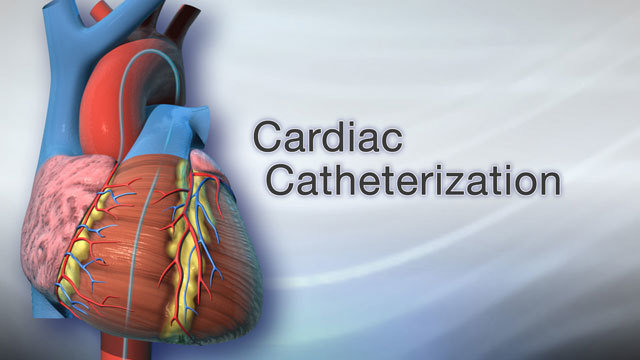
Cardiac catheterization is a procedure that examines how your heart works. It is also called a cardiac catheter or coronary angiogram and is a minimally invasive imaging procedure that allows your doctor to assess your heart function.
A thin hollow tube is inserted into a large blood vessel that leads to the heart. Cardiac catheterization is performed to determine if you have a disease of the heart muscle, valves or coronary arteries.
Common risk factors include advanced age, vascular comorbidities and complicated and invasive procedures. Stroke is the main complication of cardiac catheter procedures, leading to the death or disability of thousands of patients each year.
Cardiac catheterization is often used as part of a procedure to treat heart disease. If you are pregnant or planning to become pregnant, inform your doctor before you perform this procedure. As with most heart or blood vessel surgeries, cardiac catheterization can pose a risk.
Your doctor may ask you to undergo cardiac catheterization to diagnose a heart problem or to determine the possible cause of chest pain. Cardiac catheters are performed in a hospital by a cardiologist or a team of doctors, nurses, technicians and other healthcare professionals. In order to prepare for the procedure, your doctor will tell you before the procedure what you can eat and drink.
Risks of Cardiac Catheterization:
1. Blood clot or blood vessel damage
2. Arrhythmia, or abnormal heart rhythm
3. Chest pain (angina)
4. Bruising
5. Bleeding
6. Heart attack
7. Stroke
8. Nausea, itching, or hives
9. Kidney damage
10. Damage to the artery, heart or the area where the catheter was inserted.
11. Irregular heart rhythms (arrhythmias)
Risks of Cardiac Catheterization
By warnerdavis
Risks of Cardiac Catheterization
- 682



